Air hockey tables have very little friction. Air is pumped through tiny holes, preventing the puck from touching the table. Game on!
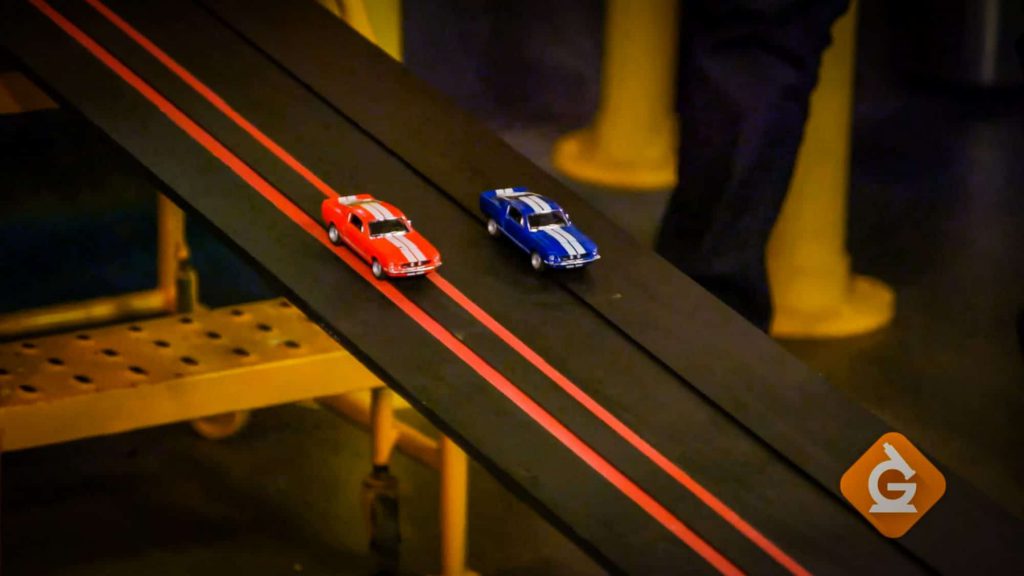
Motion is the process of an object moving or being moved. Motion that repeats is said to occur in a pattern. We can observe patterns of motion to make predictions about how things will move in the future. The force that slows down moving objects is called friction.
To better understand patterns of motion and friction…
LET’S BREAK IT DOWN!
Force and Motion: A pattern of motion is the repeated processes of an object moving.
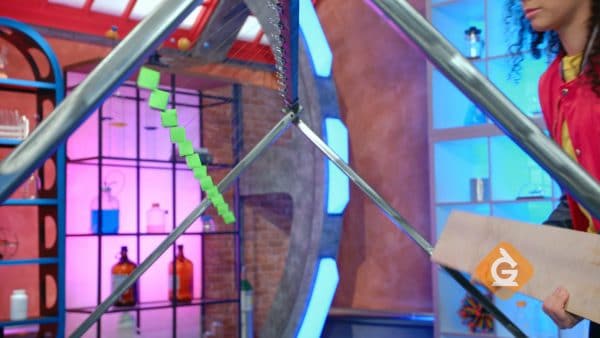
Motion can be straight (like an arrow being shot at a target), circular (like a merry-go-round), up and down (like a pogo stick), zig-zag (like skiing), side-to-side (like dancing).
Some motion is a combination, like a swing. When you are swinging you are moving up and down, as well as forward and back. When the same motion repeats over and over, it creates a pattern.
A pendulum is a weight on a string that hangs from a single point. Pendulums swing to create a pattern of motion. The length of the string affects the pattern it creates. For example, short strings swing fast. Pendulums will continue to swing in the same pattern until a force, such as friction, stops them.
Predicting Motion: Patterns of motion can be used to make predictions.
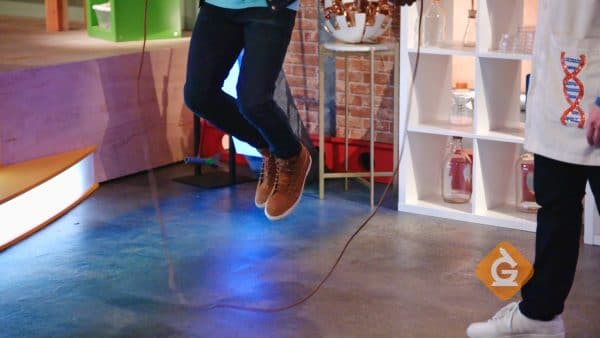
If we know the pattern that a moving object is following, we can make predictions about where it will be in the future. For example, when you jump rope you are using the pattern to predict when to jump.
You can use information from patterns to make lots of predictions, like how many swings you can do at recess or when to swing your baseball bat to hit a ball.
Types of Friction: When one surface rubs against another we get friction.
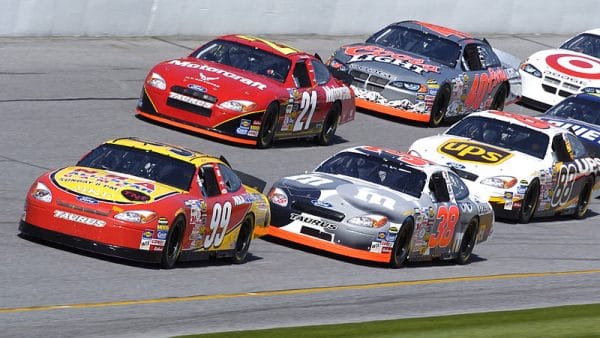
When you rub your hands together on a cold day to warm them up, you are using friction.
Friction slows things down and creates heat. All types of matter can cause friction, even air! Air resistance is a form of friction that slows down cars, trains, and airplanes. Scientists design their shape to reduce friction from the air. This is called streamlining.
Effects: Friction slows things down.
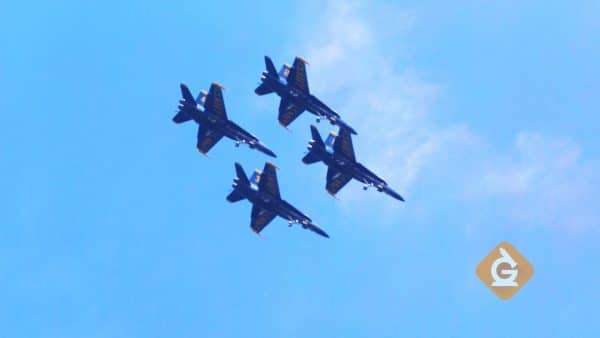
Some surfaces cause more friction than others, like rough surfaces. The treads on the bottom of your sneakers keep you from slipping. In this case, friction is beneficial.
Sometimes you want less friction. Air resistance is a form of friction that slows down all moving objects. Cars, trains, and airplanes are designed to reduce air resistance. This is called streamlining.
Another way to reduce friction is to change the types of materials that contact each other. If you have a squeaky door hinge, the noise is created when parts of a door rub against each other. Adding a lubricant, such as oil or grease, will make the squeak go away.
MOTION & FRICTION EXAMPLES
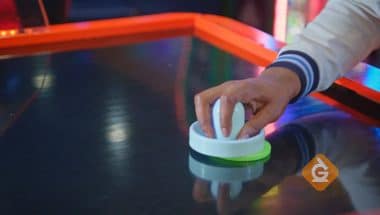
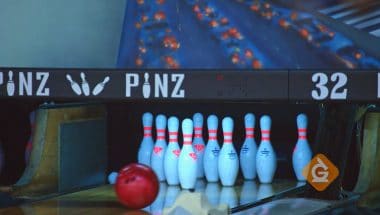
Bowling lanes are coated with an oil to reduce friction. This allows the ball to slide more smoothly.

Car tires are made out of rubber with patterned treads. This helps the car grip the road better so it does not slide when turning.
MOTION & FRICTION VOCABULARY
MOTION & FRICTION DISCUSSION QUESTIONS
Explain how the motion of a jump rope creates a predictable pattern.
If a ball is thrown straight up into the air, what do you predict its pattern of motion to be? Why?
Explain the relationship between string length and motion for pendulums.
If the length of the strings for all the pendulums in Zoe and Izzy’s model were the same, would they still create the same kinds of patterns we see?
How does rubbing two sticks together cause a fire to start?
Why does one car move down the ramp faster than the other even though they are the same and released at the same time?
Why is increasing friction a good thing when it comes to car tires?
What are some examples of very fast motions? What about extremely slow motions?
Skip, I will use a 3 day free trial
Enjoy your free 30 days trial
We use cookies to make your experience with this site better. By using this site you agree to our use of cookies. Click "Decline" to delete and block any non-essential cookies for this site on this specific property, device, and browser. Please read our privacy policy for more information on the cookies we use.Learn More
We use cookies to improve your experience. By using this site, you agree to our use of cookies. Click "Decline" to block non-essential cookies. See our privacy policy for details.Learn More






